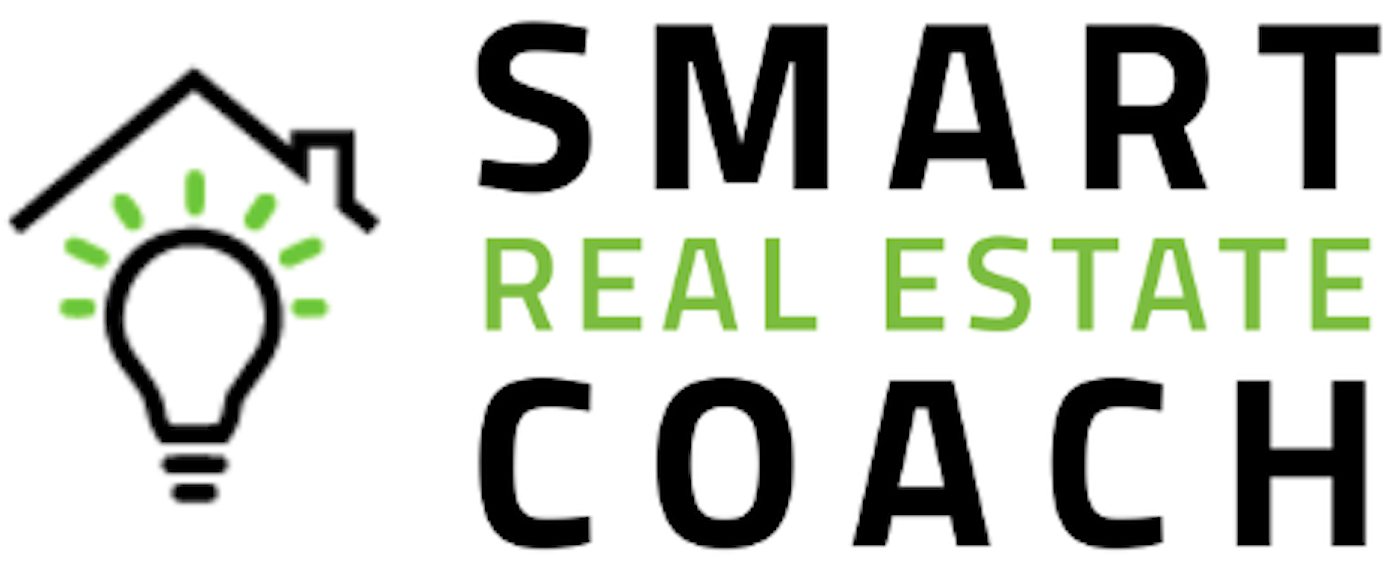
30 Jan How You Can Make Over $75,000 On One Deal
We often talk about how our average deal size is around $75,000 for All 3 Paydays® in our family business and between $45,000 and $250,000 and higher for our Associates around the country. When we mention these Paydays®, we're talking about:
- The initial non-refundable deposit
- The monthly spread
- The markup on the home plus the principal paydown over the length of the term
Unlike traditional real estate deals where you'd get one lump sum, these Paydays® create sustainable and consistent cash flow month over month. With just a few deals, you can set yourself up for years to come. Many of our Associates and those who go through our coaching system are able to not only create consistent cash flow for themselves but create generational wealth for their families.
So, how can you make this type of money? And how do these deals work? Let's take a look at one of our Associates' deals where he hit the $75,000 mark. And just to show you that these deals can be profitable in many different situations, you'll see how he still made a great total even though one of his Paydays was actually in the negative.
Oh, and by the way, this was his first deal ever!
Acquiring the Deal
Like many of our deals, our Associate acquired this deal through a Slybroadcast. This is an automated voicemail system we use to contact properties where the real estate agents' contract has either expired or been canceled. The seller calls us back if they're interested, and then we get into the nuances of setting up a deal.
Our Associate had a great conversation with the seller and agreed to a 36-month sandwich lease purchase. When we do sandwich lease purchases, we agree upon a “purchase price” but that's really only used to calculate how much we owe the seller.
We take the purchase price, then subtract the remaining debt they have on the property to calculate the amount of equity we owe them. So we're essentially saying “we agree to pay off your loan and give you the remaining equity in cash based upon the purchase price we agreed to.”
In this case, that purchase price was $835,000 and the seller owed $420,000 on the property. That means our Associate agreed to pay off that $420,000 and give the seller the remaining $415,000 in cash at the end of the term.
The 3 Paydays®
Let's get into some specifics so you can see how this deal worked out.
Payday #1 is, as mentioned above, is the non-refundable down payment. Our Associate asked the tenant-buyer for 3% upfront—$27,200—and then scheduled four ongoing payments throughout the length of the term, totaling an additional $65,000. That comes to a total of $92,000 for Payday #1, a bit over 10% of the purchase price.
This is a common strategy we use with down payments. Remember, we're working with tenant buyers who would otherwise be unable to purchase a home. It's unrealistic to think that they'll have $92,000 sitting around for a down payment. Scheduling payments throughout the term helps them get to a higher amount—which will help them get a better mortgage at the end of the term—and it gets them increasingly vested in the house over time.
Payday #2 is the monthly spread. Our Associate owed $2,531 to the seller each month and was receiving $3,200 from the tenant-buyer. That's a great spread of $669 per month, coming out to $24,084 in total for Payday #2.
And finally, there's Payday #3. The sale price on this deal was $860,000, which is a markup of $25,000. There's also the principal paydown, which was $777 per month or $27,972 in total over 36 months. Add those up and our Associate is at $52,972 for Payday #3…
But we still need to remove the initial down payment of $92,000. You can probably see where this is going—when you factor that in, the total for Payday #3 actually comes out to be -$39,028. Yikes!
But let's hold on a second. If we add up All 3 Paydays, that negative Payday #3 is canceled out. Our Associate is looking at $92,000 + $24,084 – $39,028, which equals $77,056.
So after all that—even with the negative Payday #3—the total still beats our average. This was our Associates' first deal, and he has three more in the works at the time of writing this. This just goes to show that even if some of the numbers don't initially look like they'll work, you always need to factor in the full total on All 3 Paydays®.
If you don't think these deals can work in your area or if you think they won't work for whatever reason, you're kidding yourself! It all comes down to doing your homework and putting in the effort. If you can do that, you can do deals just like this for yourself.
Yes, you can do deals like this.
Yes, you can do them in your area.
Yes, you can do them in this market climate.
Come learn more about how at our Business Scaling Secrets virtual event.



